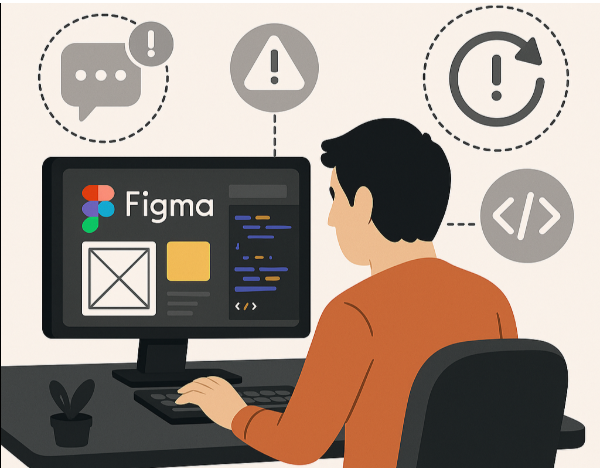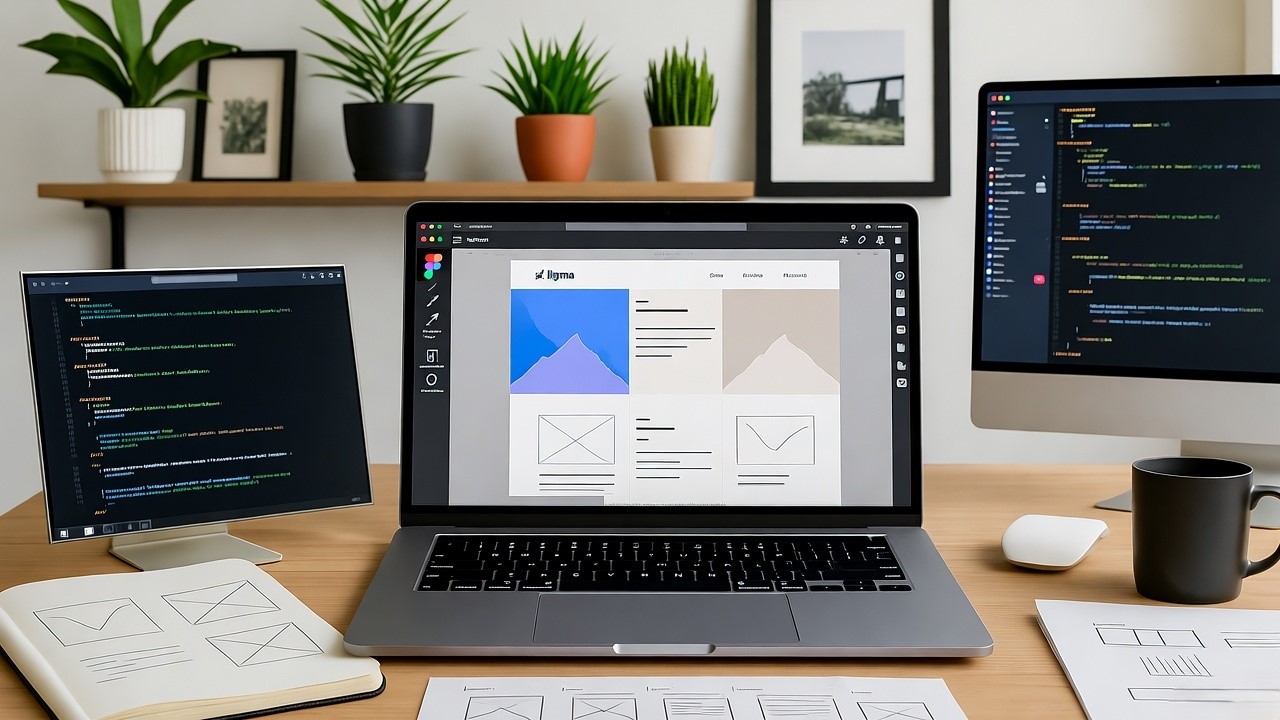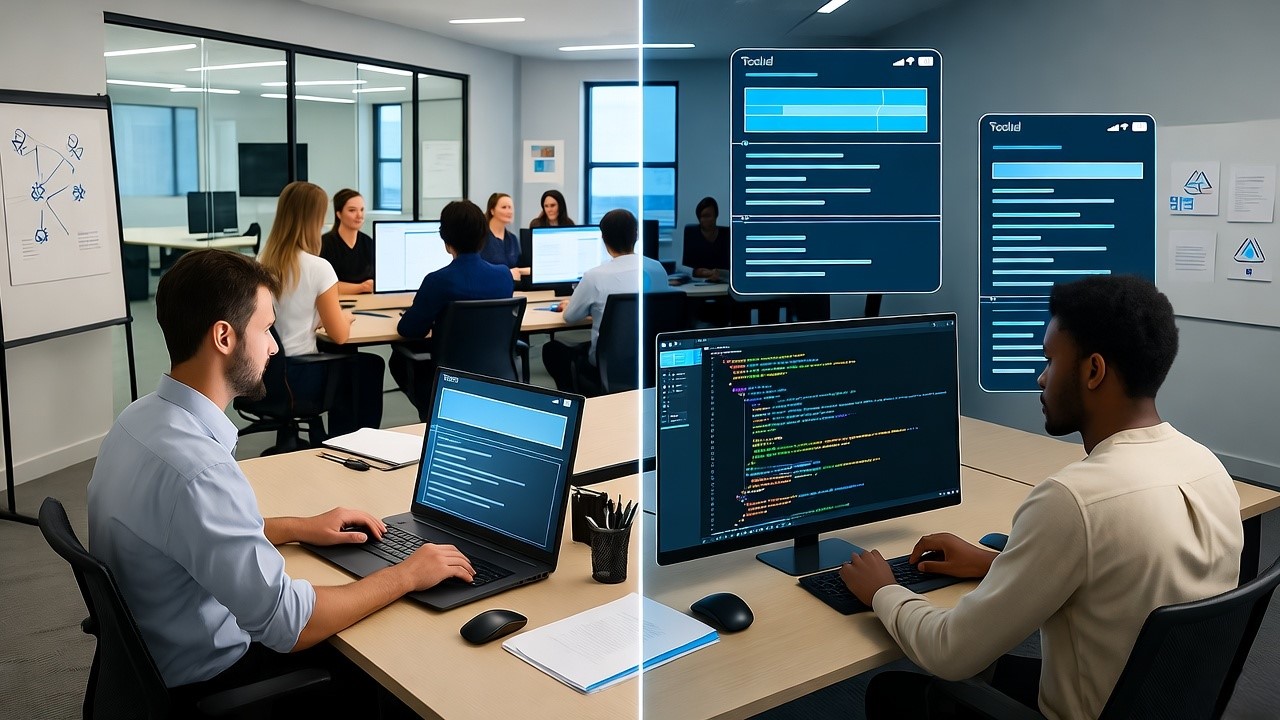Figma has become the design tool of choice for UI/UX professionals worldwide, thanks to its collaborative features and intuitive interface. While it excels in helping design teams visualize user interfaces, a consistent challenge remains translating these designs into clean, functional code. For developers, especially those in front end engineering, working directly from Figma design information often presents a range of obstacles.
1. Lack of Clarity in Design Specifications
Designs in Figma often don’t include complete specifications needed for development such as spacing, responsiveness rules, or interaction states. Developers are left to interpret the intent behind certain elements, which can lead to inconsistencies between the actual design and the implemented UI.
2. Design-Development Misalignment
While designers work with pixels and layers, developers think in components and logic. This disconnect becomes apparent when trying to manually translate intricate layouts or nested structures into maintainable code. The lack of standardized design systems further complicates this, as developers often must recreate elements from scratch.
3. Repetitive Manual Work
Without automation, developers spend significant time extracting assets, copying styles, converting layouts, and aligning typography. This not only slows down the development cycle but also increases the chances of introducing errors, especially in large-scale applications.
4. Responsiveness and Edge Cases
Figma designs are usually optimized for specific screen sizes. Developers have to guess how these screens should adapt across devices and resolutions. Without clear guidelines or adaptive layouts built into the design, coding for responsiveness becomes a time-consuming trial-and-error process.
5. Handoff Gaps
Even with tools like Figma’s inspect panel, the handoff process is rarely seamless. Designers and developers often work in silos, leading to missing information, communication gaps, and delays in implementation.
Bridging the Gap with Automation
To overcome these issues, more teams are turning to design to code workflows. A design to code platform automates the translation of Figma designs into production-ready code, reducing ambiguity and accelerating delivery. These platforms understand design structure, enforce consistency, and produce clean, scalable output aligned with best practices.
For developers, this means spending less time translating visuals and more time building features. For organizations, it means faster go-to-market and fewer redesign loops.
In today’s fast-paced development environment, relying solely on manual coding from static designs is no longer scalable. Embracing smarter, automated solutions ensures that both design vision and development execution stay perfectly aligned.




